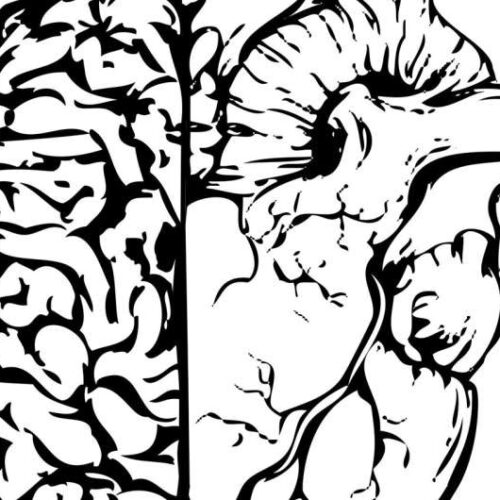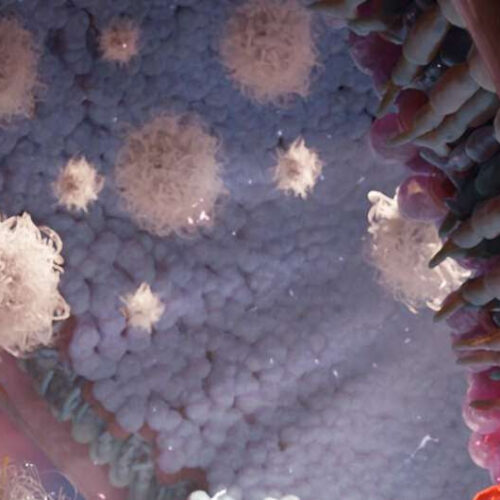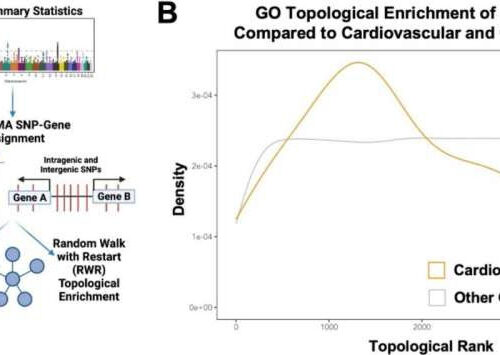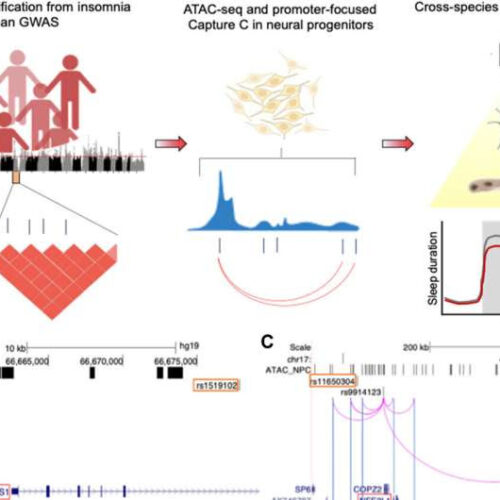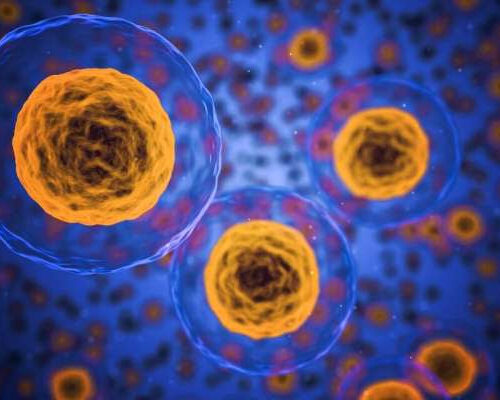by Medical College of Georgia at Augusta University Dr. Ravindra Kolhe. Credit: Michael Holahan, Augusta University Technology that enables an unprecedented, high-resolution look for all structural variants in our genes that are known to cause cancer can outperform standard tests used today for common blood cancers like leukemia, researchers report. It’s called optical genome mapping, or OGM,...
Category: <span>Genetics</span>
New kind of eczema cream works by silencing inflammatory genes
By Rich Haridy January 12, 2023 A topical cream for dermatitis is just one proposed use for an experimental anti-inflammatory agent Depositphotos A clinical trial is underway testing a new kind of eczema treatment, developed to silence certain genes that play a role in skin inflammation. The results of a preclinical study were recently published...
The same genes may underlie cardiometabolic diseases and dementia
by Karolinska Institutet Credit: Pixabay/CC0 Public Domain Being affected by several cardiometabolic diseases such as diabetes, heart disease and stroke, is linked to a greatly increased risk of dementia and Alzheimer’s disease. A new twin study by researchers from Karolinska Institutet suggests that the same genes may be behind the risk of both cardiometabolic diseases and dementia....
Nanotechnology may improve gene therapy for blindness
by Oregon Health & Science University Oregon Health & Science University and Oregon State University researchers are developing a new approach to deliver gene therapy to address blindness-causing genetic mutations. Their new method encases gene-editing molecules inside a shell of lipid nanoparticles. This scientific illustration shows the approach’s lipid nanoparticle shells, which appear as fuzzy beige balls after...
139 genetic risk loci associated with varicose veins identified
by Bob Yirka, Medical Xpress Random Walk with Restart-based Topological Gene Enrichment of Genome-wide Significant Varicose Veins Variants. a) Workflow of cell-type specific SNP-to-gene assignment and gene set enrichment analysis. Hi-C contact maps were generated from human umbilical vein endothelial cells (HUVECs) and human coronary artery smooth muscle cells (HCASMCs) and the intersecting H-MAGMA assigned...
Scientists make progress in decoding genetics of insomnia
by Shana K. Hutchins, Texas A&M University Translating human GWAS signals to functional outcomes with variant-to-gene mapping. (A) Leveraging existing insomnia human GWAS loci, we identified proxy SNPs in strong linkage disequilibrium with sentinel SNPs using both genome-wide ATAC-seq and high-resolution promoter-focused Capture C data from iPSC-derived NPCs and then performed high-throughput sleep and activity...
Mapping endometriosis: A vast cellular atlas is created
by Cedars-Sinai Medical Center Credit: Pixabay/CC0 Public Domain Investigators at Cedars-Sinai have created a unique and detailed molecular profile of endometriosis to help improve therapeutic options for the millions of women suffering from the disease. The study is published today in the journal Nature Genetics. “Endometriosis has been an understudied disease in part because of limited...
TEAM PINPOINTS GENETIC CAUSE OF LATE-ONSET ATAXIA
The discovery will improve diagnosis and open new treatment avenues for this progressive condition. Late-onset cerebellar ataxias (LOCA) are a heterogenous group of neurodegenerative diseases that manifest in adulthood with unsteadiness. One to three in 100,000 people worldwide will develop a late-onset ataxia. Until recently, most patients with late-onset ataxia had remained without a genetic...
Early prenatal alcohol exposure affects genes involved in embryonic development
by University of Helsinki Common alcohol exposure-associated genes in the genome-wide analyses. a Venn diagram showing the number of common genes, which associate with alcohol exposure in the genome-wide DNAm and mRNA-seq analyses of placenta and hESCs. b Significantly enriched terms identified in GO:BP enrichment analysis of 494 common genes in DNAm analyses of placenta...
Dry eye disease alters how the eye’s cornea heals itself after injury
by Washington University School of Medicine Studying mice, researchers at Washington University School of Medicine in St. Louis have found that proteins made by stem cells to help regenerate the cornea may become new targets for treating and preventing injuries to the cornea related to dry eye disease. When eyes are dry, the cornea is...



